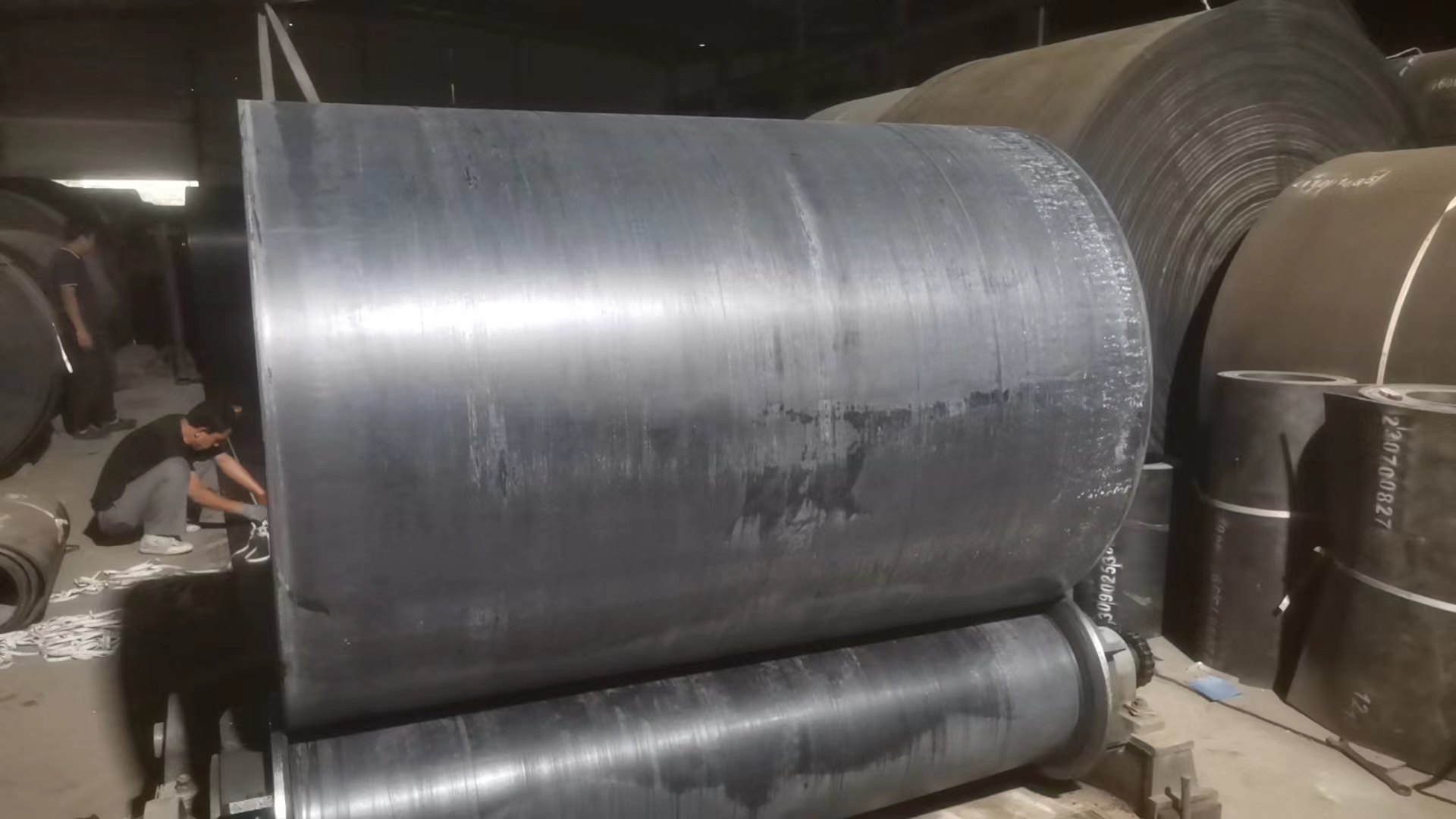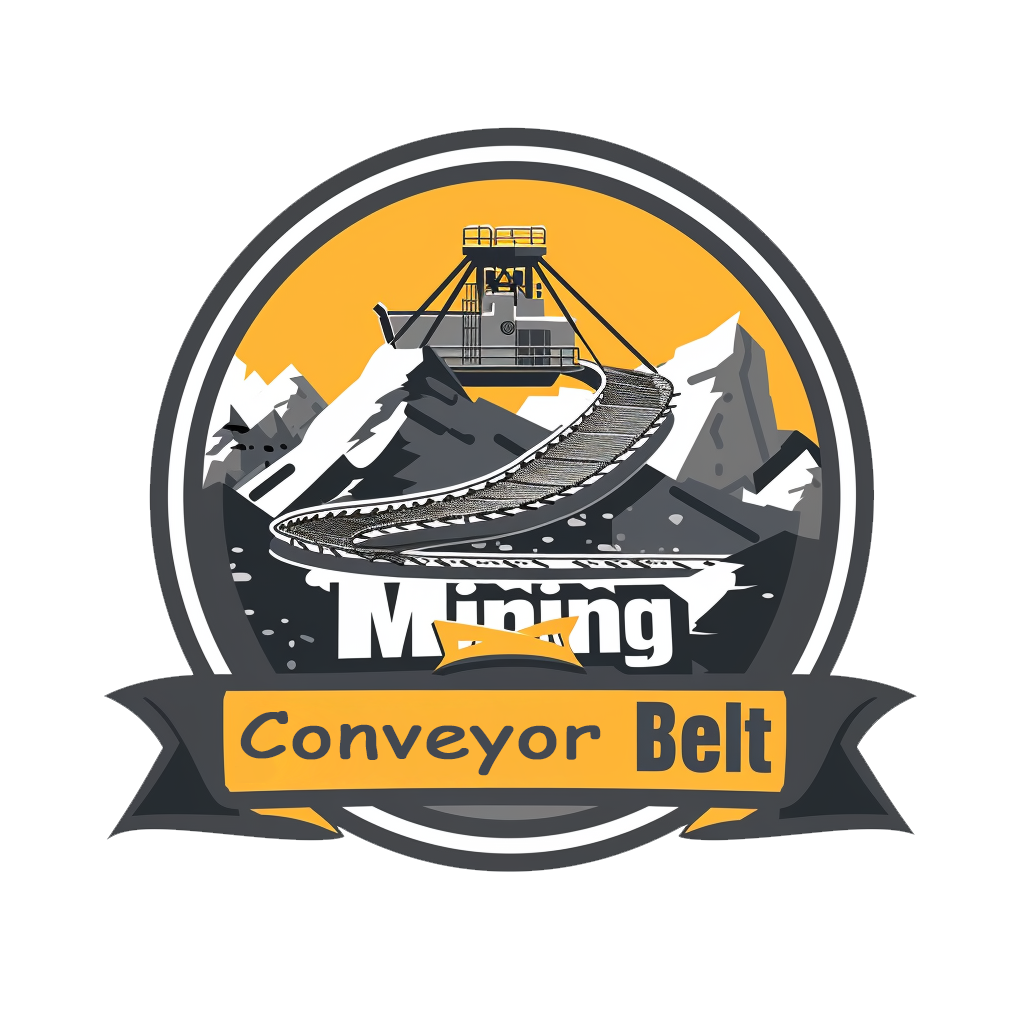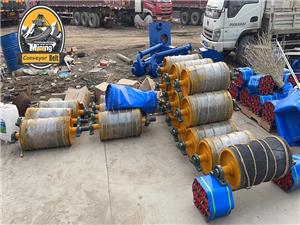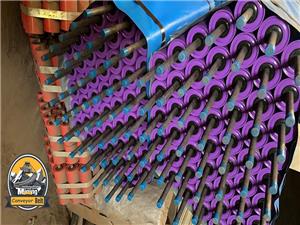Types and structures of conveyor belts
Conveyor belts, also called transport belts, are composite products of rubber, fiber, metal, or plastic and fabric used in belt conveyors to carry and transport materials. Conveyor belts are widely used in agriculture, industrial and mining enterprises, and transportation industries to transport various solid block and powder materials or finished goods. Conveyor belts can transport continuously, efficiently, and at a large angle. They are safe to operate, easy to use, easy to maintain, and low in freight. They can also shorten the transportation distance, reduce the project cost, and save manpower and material resources.
2. Classification of conveyor belts
There are many ways to classify conveyor belts with rubber covering layers. Generally speaking, the main classification methods are:
1. According to the performance of the covering layer, the main varieties are: general-purpose conveyor belts, heat-resistant conveyor belts, flame-retardant conveyor belts, wear-resistant conveyor belts, tear-resistant conveyor belts, oil-resistant conveyor belts, and cold-resistant conveyor belts
2. According to the type of reinforcing skeleton material: steel wire core conveyor belts, fabric core conveyor belts, and steel mesh conveyor belts
Among them, fabric core conveyor belts can be divided into: cotton canvas conveyor belts, nylon conveyor belts, polyester conveyor belts, glass fiber conveyor belts, and whole core conveyor belts
3. According to the processing method, conveyor belt shape, etc., conveyor belts can also be divided into: whole core conveyor belts, laminated conveyor belts, annular conveyor belts, corrugated sidewall belts, sidewall belts, patterned conveyor belts, etc.;
4. Through different methods of edge rubber processing, it can be divided into edge wrapping belts, trimming belts, etc.
3. Structure of conveyor belts
(I) Fabric core conveyor belts
The main four parts of fabric core conveyor belts are:
A. Skeleton material (belt core)
Skeleton material is the key to the conveyor belt's load-bearing capacity. It determines the tensile strength and tensile modulus of the conveyor belt,
making the conveyor belt maintain good troughing properties, and can absorb the impact of materials on the conveyor belt, while keeping the conveyor belt at a relatively small elongation.
B. Core layer rubber (taping)
The core layer rubber makes the reinforcing material fabric layer have good bonding strength to prevent the belt core from stratification during use.
C. Covering rubber
The covering rubber is the guarantee for the normal operation of the conveyor belt. It has the functions of protecting the skeleton material, transmitting power, conveying materials, absorbing the impact of materials, and resisting wear. The conveyor belt covering rubber for special purposes has the functions of heat insulation, flame retardancy, and preventing acid, alkali, oil and other chemical agents and materials from corroding the skeleton material; in addition, the covering rubber also has the function of increasing the friction coefficient, which can achieve larger angle and higher speed conveying.
D. Edge rubber
The function of the edge rubber is to protect the skeleton material from medium erosion, absorb the extrusion force from the side of the conveyor belt, and prevent the belt core from stratification.
(II) Steel Wire Conveyor Belt
The main four parts of the steel wire conveyor belt
A. Skeleton material (steel wire core)
The steel wire core provides higher strength and lower elongation for the conveyor belt,
so the steel wire conveyor belt is suitable for long-distance, high-strength, and high-power transmission.
B. Steel Wire Core Rubber (Glue Pasting)
The core layer rubber material makes the steel wires have good bonding strength, which can well
transmit stress and prevent the steel wire core from being pulled out during use.
C. Covering Rubber
The covering rubber of the steel wire conveyor belt has the same function as the covering rubber of the fabric core conveyor belt, and it is also the guarantee of the normal operation of the conveyor belt.
D. Edge Rubber
The edge rubber can protect the steel wire from external medium erosion, absorb the extrusion force from the conveyor belt side, and prevent the steel wire from being pulled out and exposed.
III. Selection of Conveyor Belt
Choosing the appropriate conveyor belt variety and specifications can extend the service life of the conveyor belt, ensure the continuous and stable production, and reduce production costs and maintenance costs.
When selecting a conveyor belt (including replacement belts), the following issues must be considered:
a. Whether the type and particle size of the transported material have changed
b. Whether the maximum carrying capacity (peak volume) has changed
c. Whether the equipment's working capacity and working conditions have changed, and whether the working environment has changed.
Selection of skeleton material type, structure, and number of layers:
a. The development direction of conveyor belt skeleton materials
The core of laminated conveyor belts has developed from natural fibers to synthetic fibers, from multiple layers to fewer layers, and from low strength and low modulus to high strength and high modulus. Cotton fiber fabric conveyor belts have been basically eliminated abroad, and have gradually been replaced by nylon and polyester fabric conveyor belts in China. In high-power transmission, high-strength conveyor belts are required, and steel cord core conveyor belts are gradually replacing fabric core conveyor belts with more layers.
b. Selection of the number of belt core layers
The number of belt core layers has strict requirements on the diameter of the conveyor pulley. If the pulley diameter is too small, the conveyor belt will bend more when it passes through the pulley, the fatigue wear of the covering rubber will increase, the fatigue degree of the skeleton material, the core layer rubber, and the covering rubber will also increase, and the service life of the conveyor belt will be shortened.
Usually, the pulley diameter D has the following requirements:
Cotton canvas belt D≥80s
Nylon belt D≥90s
EP belt D≥108s
Wire rope core belt D≥145s Unit: mm s: belt core thickness or wire rope diameter
If the pulley diameter is small and cannot be changed, a skeleton material with a higher strength grade can be selected
as the belt core to reduce the number of layers of the belt core canvas so that the conveyor belt and the pulley can cooperate better.
Under normal circumstances, the number of conveyor belt core layers should not exceed 6 layers, and the number of EP conveyor belt layers should not exceed 5 layers.





